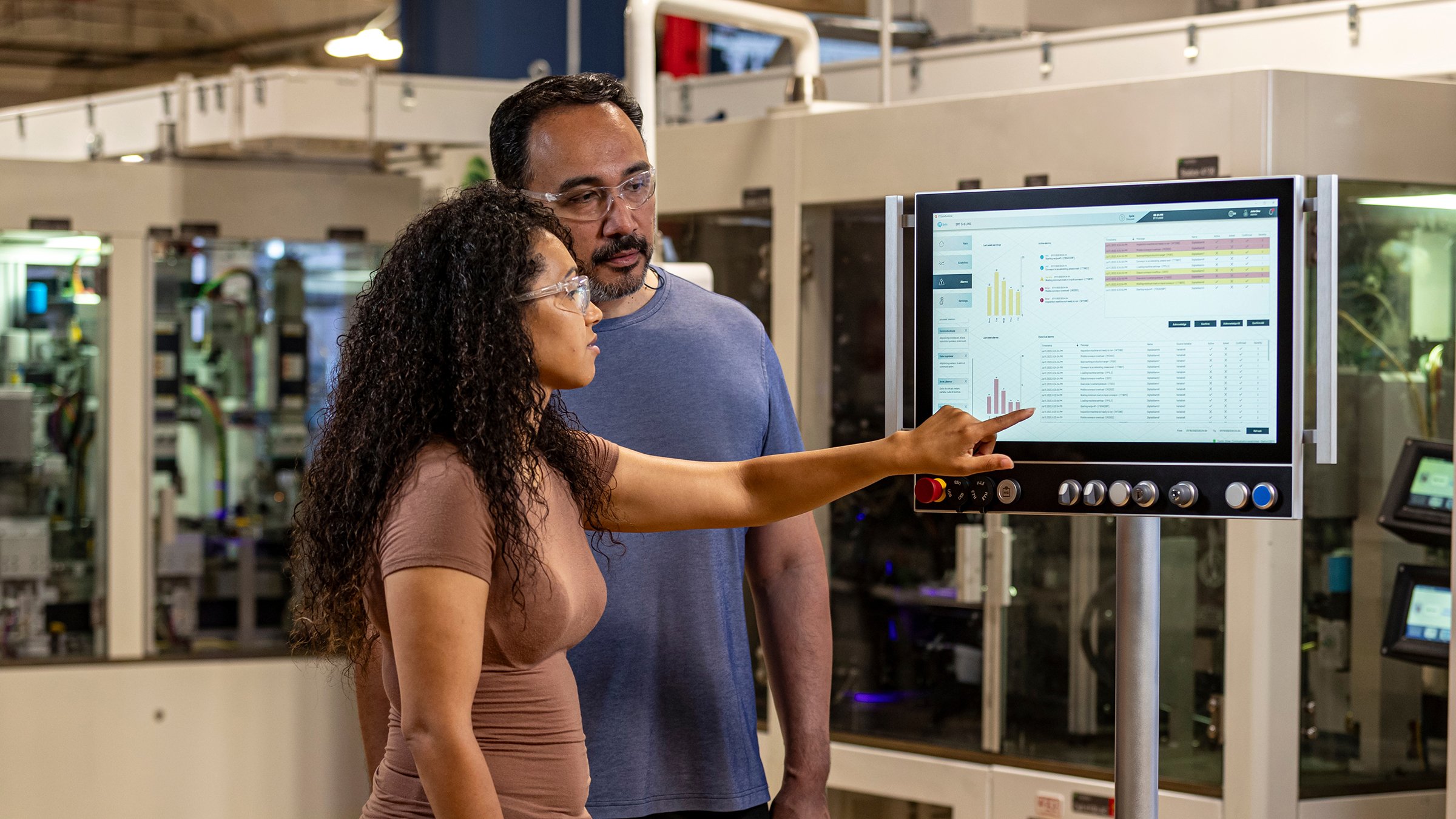Emerging Tech Can Address Workforce Shortages
The severity of today’s global labor shortage and skills gap intensifies the problem of attracting, managing, and retaining skilled workers.
As manufacturers look for incremental efficiencies, technology investment becomes a priority. Rather than replacing workers, investments in new and emerging technology, like GenAI [link to story 1], robotics, autonomous mobile robots (AMRs), automated guided vehicles (AGVs) and wearables, were ranked highly in the survey as investment options to fill skills gaps and amplify effort.
Through the increased use of smart manufacturing, companies plan to superpower people with tech technology:
- 94% expect to maintain or grow their workforce as a result of smart manufacturing technology adoption, and
- 81% plan to use wearable technology by the end of 2024.
Investment Drives Long-Term Business Resilience
For many manufacturers, the adoption pace of smart manufacturing technology is complementing the workforce, reducing errors, increasing speed to value, and improving quality.
One-third of survey respondents, when asked about technology investment, selected Emergency / Immediate need due to broken, non-operational technology, which highlights the global obsolescence organizations are facing in 2024. Investing in technology is one way to address obsolescence while elevating competitive advantages and building business resilience into the future.
Today’s emerging technologies will be tomorrow’s table stakes, and organizations that become early adopters will be set up for future success.
Get The Full Report
The State of Smart Manufacturing Report reveals optimism as advanced industrial operations technology delivers results that offer hope in the face of evolving economic conditions, labor shortages and skills gaps. The report explores emerging technologies like GenAI and their potential to alleviate the biggest manufacturing challenges of 2024.


